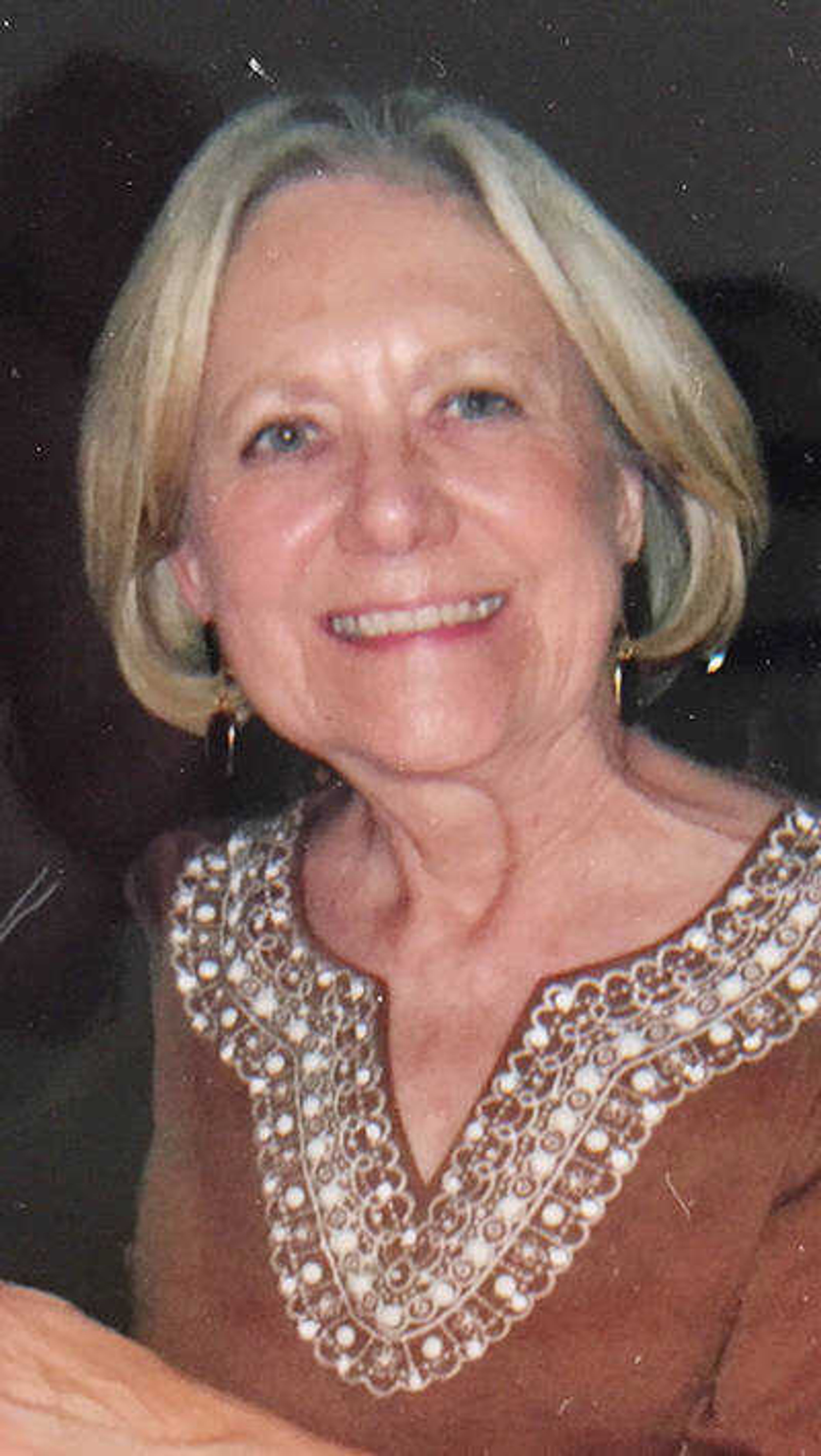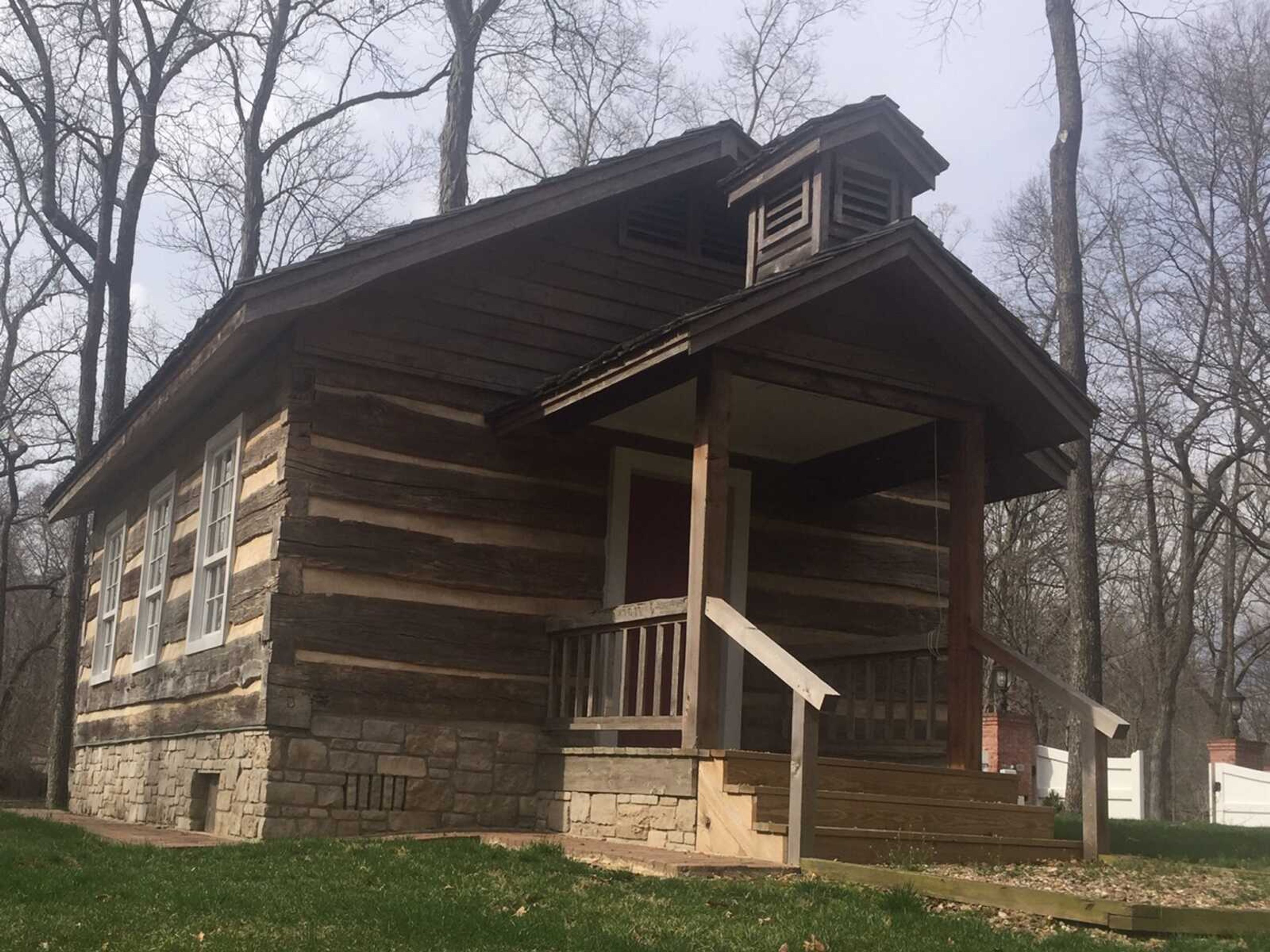Dr. Wilson Brown began his long trek to Missouri from Maryland in March 1823. A daily journal describes his 29-day trip, traveling approximately 20 miles per day. In spite of broken equipment, sickness, washed out roads and turbulent weather, including a tornado in Kentucky, he was elated to finally see the Mississippi River. With his wagon and horses, Dr. Brown crossed the river at Gill's Ferry, a mile above Grand Tower on April 22.
The doctor met and courted Miss Amanda Giboney, daughter of the prominent pioneer couple, Robert and Ann Dunn Giboney. The Browns were married May 13, 1830, on the Giboney estate. Amanda was the cousin of Mary Giboney Houck, daughter of Andrew Giboney, Robert's brother. Andrew built Elmwood where Mary, and Louis Houck lived with Andrew until he died.
Amanda received her education at nearby Mount Tabor School, the first English school west of the Mississippi, established by the surrounding farm families for their children.
Amanda had one sibling, Elizabeth, who married Judge William C. Ranney.
The Browns, wealthy slave owners, owned extensive landholdings in Scott and Cape Girardeau counties, including Rock Levy Road on which they first lived.
Children born to the nuptials were Althea (Mrs. Samuel Sloan, later Mrs. Dr. George Travis); Amanda (Mrs. Dr. S.S. Harris); and Mary (Mrs. Capt. James Nesmith).
In 1840 the Browns built a pretentious, two-storied brick home on 10 acres in Cape Girardeau. The property today is bordered by Frederick, Good Hope, Middle and Morgan Oak streeets, which was then old Bloomfield Road, a major thoroughfare of that day. Touted as the largest home in Southeast Missouri, the antebellum manor was the scene of many elaborate soirees, including one mentioned by Clara Rider Hayden in "Sounds & Pictures of Yesteryear." She states that between the years of 1860 and 1865 when martial law existed, there were small gatherings of young people, one of which took place at the Browns' home. It was attended by young people from old families of Cape who had grown up together. Two young union officers were invited by two young ladies. Unfortunately, news reached a higher officer. He had the young civilian men and officers arrested and taken to the dirty jail on the courthouse lawn. Those arrested were Lt. Erwin and Van Zendt, W.V. Leech, L.J. Albert, Robert Sturdivant and others.
The property was known to include beautifully maintained gardens, including a grape arbor that ran east and west along the south end of the garden. Within the flower garden parties were held, as Mrs. Retta Clark remembered. "The table was set in the arbor with Japanese lanterns making the scene a beautiful fairy land." Later, Dr. Travis, Althea's husband, gave his patients bouquets from the garden.
On the grounds of the mansion grew a lofty 200-year-old Paradise or Tree of Heaven. The leaves and bark of the evergreen were used medicinally for malaria, diarrhea, flu and other ailments. Its resource was undoubtedly used for treatment by the good doctor.
To be continued...
Connect with the Southeast Missourian Newsroom:
For corrections to this story or other insights for the editor, click here. To submit a letter to the editor, click here. To learn about the Southeast Missourian’s AI Policy, click here.










